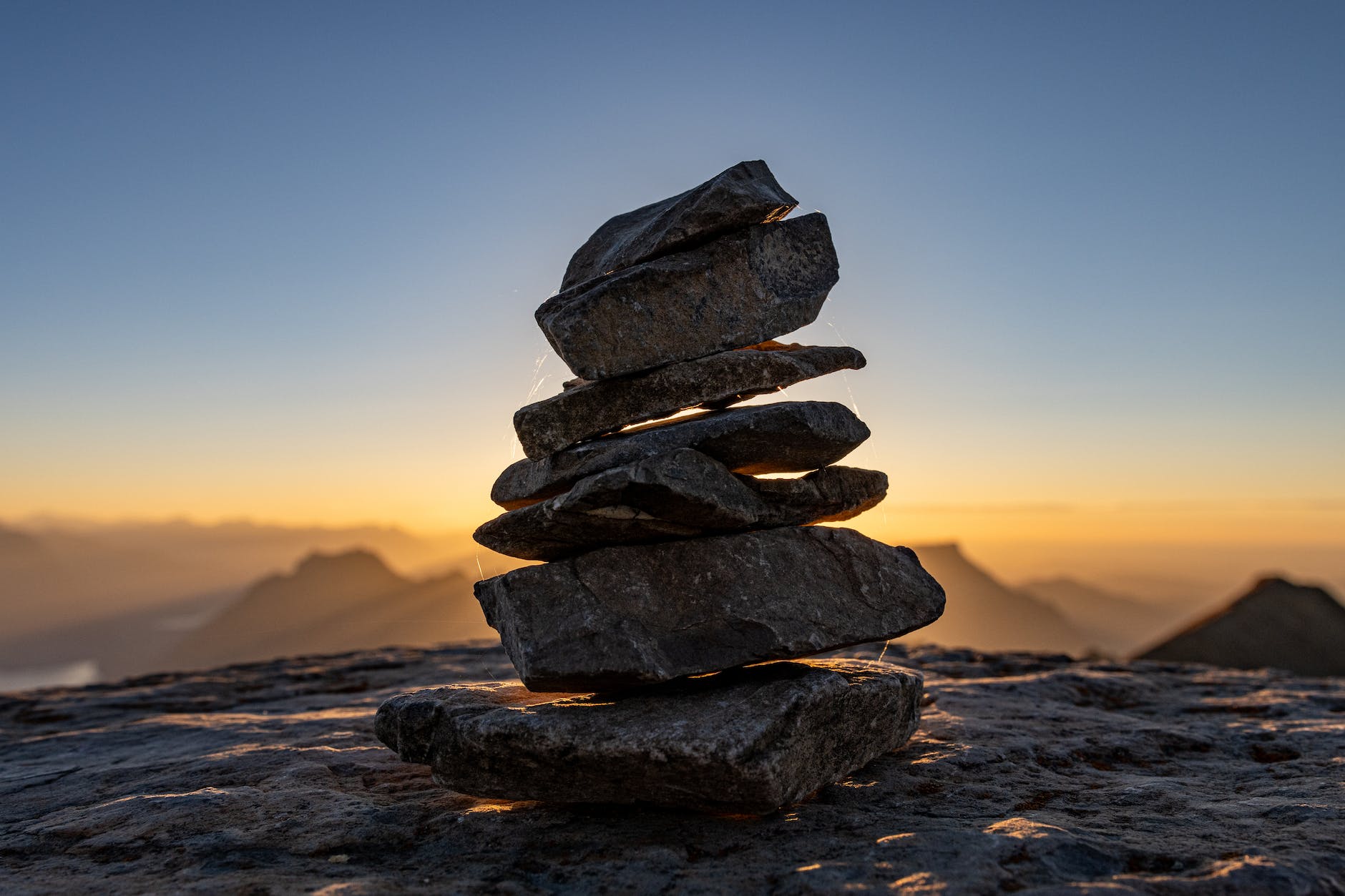The exploration of perception-altering substances combined with the sensory soundtrack of music has been an intricately woven thread in human culture for millennia. The advent of psychedelic substances particularly transformed the musical landscape in the mid-20th century, forging a distinct path of innovation and expansion that continues to resonate today in genres like psychedelic rock, electronic music, and trance.
Psychedelics, derived from the Greek words for “mind manifesting,” have been known to radically alter and expand states of consciousness. Compounds such as LSD, psilocybin, and mescaline have been linked with promoting altered states of consciousness, including the fascinating phenomenon of synesthesia. Notably, synesthesia, a condition of crossed sensory perception where one can ‘see’ sounds or ‘taste’ colors, is often reported in psychedelic experiences. This neurological blend of senses can deeply affect one’s interaction with music, creating unique audiovisual experiences that may dramatically shape musical influences and style.
Arguably, the most recognizable influence of psychedelics on music is born out of the 1960s counterculture movement and the emergence of psychedelic rock. Reverberating the soundscapes of altered states, bands like The Beatles, The Grateful Dead, and Pink Floyd employed new recording techniques, exotic instrumentation, and improvisation to capture the heady, psychedelic experience. Innovation in this area often led to sprawling, nonlinear compositions that sought to echo and spark introspective, mystical, and often chaotic emotional spaces.
It’s worth noting that the influence of psychedelics on music is not limited to rock. As the cultural climate shifted and technology advanced, psychedelics found a new home in the burgeoning electronic music scene. Here, synthesizers and digital production methods vividly painted intricate, pulsating sonic landscapes that aimed to induce trance-like states, highlighting the role of music as a psychedelic tool itself. For example, the Goa Trance scene of the late ’80s and early ’90s was heavily inspired by the use of LSD, forming a distinctive style which aimed to guide listeners on a journey through various emotional and cognitive states.
Psychedelics’ rapport with music flows naturally into live performances. Music festivals, both historically and thematically, have often been spaces of psychedelic exploration. Woodstock of 1969, arguably the most iconic music festival in history, was steeped in psychedelic culture. Modern festivals such as Burning Man and Oregon’s Psych Fest also uphold this tradition, creating environments that not only tolerate but encourage exploration of altered consciousness.
In these communal spaces, psychedelics combined with music serve as a catalyst for shared, transcendent experiences. Bands and DJs manipulate tempo, rhythm, and pitch, frequently using improvisation to guide their audience’s journey through the conscious spectrum. Together, these elements create a transcendent, culminating experience often described as spiritual or mystical that harmonizes individual and collective emotions.
However, the bond between psychedelics and music goes beyond simply the consumption of both. As neuroscientific research suggests, the changes induced by these substances echo the neural stimulation created by music, indicating a deeper, neurobiological link. A 2017 study noted increased connectivity between regions of the brain under the influence of LSD, similar to the response music stimulates. They both can profoundly shift our emotional and perceptual landscapes and, when combined, often form a uniquely intense human experience.
To conclude, while the interaction between psychedelics and music may have emerged from countercultural roots, the intertwining trajectory of these two phenomena continues to shape and be shaped by broader societal and technological changes. Studying this intersection holds promise for understanding not only the history of music but also the complexities of human cognition and personal and collective transcendence. Whether they serve as a mirror into societal shifts, tools for personal exploration, or simply a means to aural pleasure, the relationship between psychedelics and music stands as an ongoing, fascinating dialogue in human culture.




